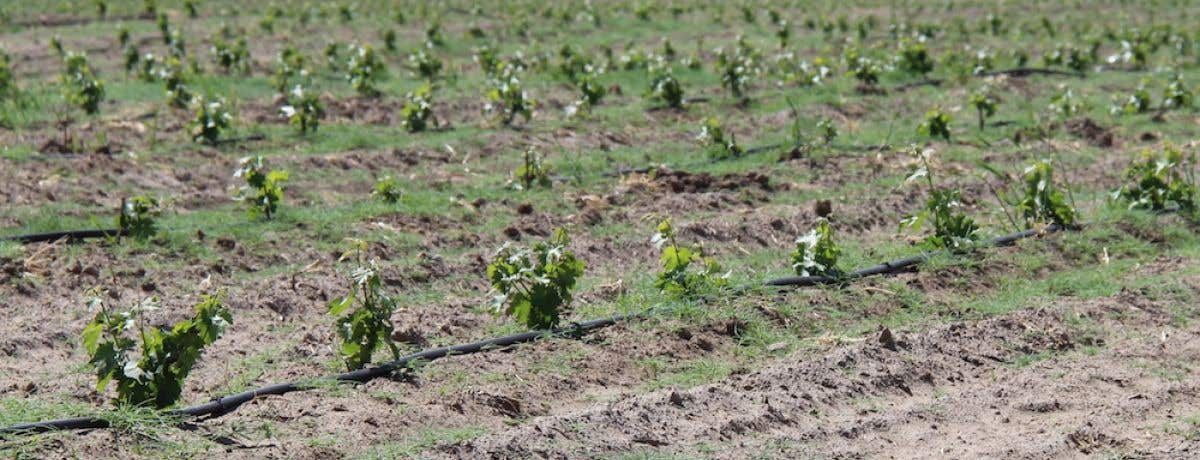Washington

The state of Washington in the far Pacific Northwest is the US's second most important producer of wine made from European vinifera vines.
Most of the vineyards are far from Seattle in the under-populated Columbia Valley, in the rain shadow of the Cascade Mountains and in severe need of irrigation. Plantings therefore tend to be limited to the reach of river water and to slopes which protect vines from the area's particularly harsh winters, which have killed a substantial proportion of vines every few years. The Yakima Valley is the chief, very dry wine zone but a nucleus of top wineries such as L’Ecole No 41, Leonetti Cellar, Northstar and Woodward Canyon are based in the small town of Walla Walla, which has slightly higher rainfall and is a centre for fine winemaking. It is relatively early days for growers to discover the special characteristics of specific vineyards in this desert-like region, but the Horse Heaven Hills, Canoe Ridge (also the name of the Chalone group's Walla Walla winery), Red Mountain and the Wahluke Slope just north of the so-called Tri-Cities (the contiguous Richland, Pasco and Kennewick conurbations) have already been identified as superior, tilting the vineyards south towards the sun and offering some protection against the Arctic effect in winter.
Some vines have also been planted in the completely different, relatively wet, mild climate of western Washington, however, with the result that some very Oregonian Pinot Noir has emerged from just north of Portland as well as some Müller-Thurgau and other aromatic whites grown in the distinctly marginal Puget Sound off Seattle.
A high but decreasing proportion of eastern Washington wine is vinified or at least aged here in the Seattle area, miles from the Columbia Valley vineyards. The Washington wine business is dominated by one large company, Chateau Ste Michelle, whose labels such as Domaine Ste Michelle, Columbia Crest and Snoqualmie are to be found on almost half of all Washington wine produced and on an even higher proportion of the wine that leaves the state.
This is not generally boutique, lifestyle wine country (unlike Oregon to the immediate south) but there is an increasing number of extremely dedicated individual producers – not least because the dominant Seattle manufacturer, Boeing, has a wine club which has encouraged several members to take the plunge from being amateur consumers to professional producers. Leonetti and Woodward Canyon, both based in Walla Walla, were the first to establish national reputations for their extremely impressive, concentrated Cabernet-dominated reds. Others who produce outstanding wines in this style include Col Solare (a joint venture between Chateau Ste Michelle and Antinori of Italy), DeLille’s Chaleur Estate bottling, Dunham Cellars, Quilceda Creek and Trey Marie. Long Shadows is a label that puts international winemakers to work on top Washington fruit, and there are many refugees from more precious California wineries to the south – though little close contact with the neighbouring Oregon wine industry apart from in the Columbia Gorge region which straddles the state line.
Although Cabernet Franc is better at withstanding winter freeze, Merlot has shown itself particularly well adapted to the hot, dry summers of western Washington, while Cabernet Sauvignon can be stringy and austere thanks to its late ripening and the Washington winter's early arrival. In fact Washington had demonstrable success with Merlot long before it became fashionable in California (it is a natural habit to compare everything in the Pacific Northwest wine industry with the dominant state to the south). The wines are generally supple, attractively fruity but with good, crisp natural grape acidity, often preserved by cool September nights.
But Washington is probably more distinguished from its competitors as a producer of fine white wines, of all degrees of sweetness. Perhaps inspired by a longstanding co-operation between Erni Loosen of the Mosel and Chateau Ste Michelle, the state has set its cap firmly at pure, aromatic Riesling, although Chardonnay is also widely planted and winemakers generally show good craftsmanship with it. Semillon can also be distinctively attractive, with some plumpness but Sauvignon-like aromas. L’Ecole No 41 of Walla Walla has kept the faith with this particular variety, making an impressive, full-bodied, oaked wine with layers of lemon and fig from it. Eroica is Loosen's relatively inexpensive, off-dry bottling available in good quantity which has helped to re-ignite American enthusiasm for this grape. But Loosen has also made small quantities of an extraordinary Single Berry Select, a botrytised sweet wine that brooks not a murmur of dissent about the potential for Riesling in the Pacific Northwest.
See Washington State Wine for more information on this region.